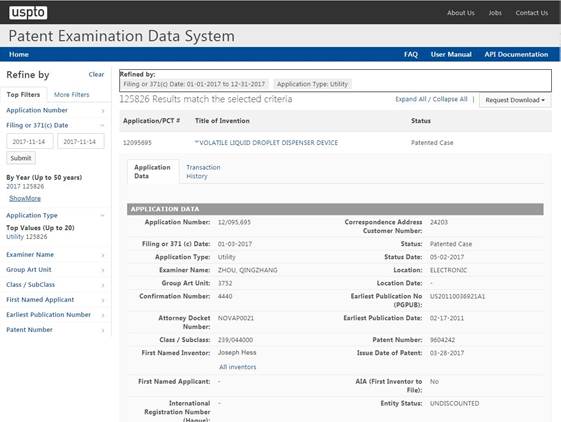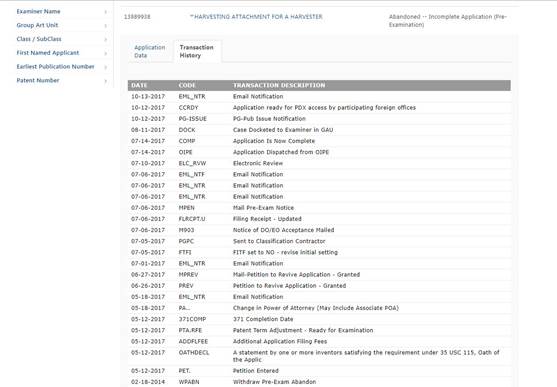|
In the big data era, data can be a goldmine. This means that being able to turn disorderly data into something valuable can be a promising business opportunity. This is why Google, Facebook and Taobao have been unscrupulously gathering and analyzing user data and developing new services around it.
Amid all these different kinds of data goldmines, the "gold content" of patent data is a little more concentrated. The inventions that form the basis of patents are the result of the blood sweat and tears of R&D personnel, and often represent scientific breakthroughs; converting these technological inventions into writing in patent documents means the patent owner can derive commercial remuneration for it. In order to secure the largest benefit, they've weighed every word of the patents in their strategic deployment of their portfolio. These patent documents accumulate over the years, a treasure trove waiting to be exploited.
In view of the value of patent data, and to provide more transparency, the United States Patent and Trademark Office (USPTO) has provided access to the Patent Examination Data System (PEDS) to members of the public starting this year, giving users free access to data on patent applications. According to the USPTO, the data collected dates all the way back to 1981, and some data even dates as far back as 1935, all of which is updated on a daily basis. Currently there are over 9.4 million entries in the PEDS system.
The policy behind this move was initiated in May of 2013, when then US president Barack Obama signed an executive order aimed at increasing transparency of government data and facilitating the use of machine-readable data by the public. One of the characteristics of the PEDS database, as a result, is its user-friendly interface. You only need to choose your parameters, like year of application, category, etc, and the system will automatically provide the related data.

As PEDS is focused on pre-grant data, users are able to get to grips with the entire history of a patent from filing to grant. For example, in the transaction history field, you can view filing date, priority date, changes of patent agent, and the dates of office actions, and basic filters also allow users to search by examiner. If you use both of these together, applicants can get an understanding of the time and communication required for each examiner, which is helpful when it comes to patent administration efficiency.

PEDS not only allows users to search and download data, however. In keeping with the idea of "machine readability" as referenced in the original executive order, users can also choose between XML and JSON files to download the database. In other words, you can use a program of your own design to analyze this data; PEDS also provides an API function, so that users don't need to visit the website to manually download the data every day, but can just link the program to receive PEDS patent data directly on their own computer.
Although the searchable data in the PEDS system is currently quite limited, as time goes on, the value of applying this data will inevitably become more apparent. We've previously interviewed LexisNexis on the various data solutions that they've come up with, as well as their attempts to develop data on Chinese patents. However, it is certainly momentous news that the USPTO, which has such a prestigious place in the patent world, is embracing big data and transparency.
The USPTO Patent Examination Data System
 |
|
| Author: |
Clarence Chiang |
| Current Post: |
Senior Editor, NAIP Newsletter |
| Education: |
Business Administration, National Chengchi University, Taiwan |
| Experience: |
Reporter, CommonWealth Magazine
Reporter, Business Today Magazine |
|
|
|
| Facebook |
|
Follow the IP Observer on our FB Page |
|
|
|
|
|
|

